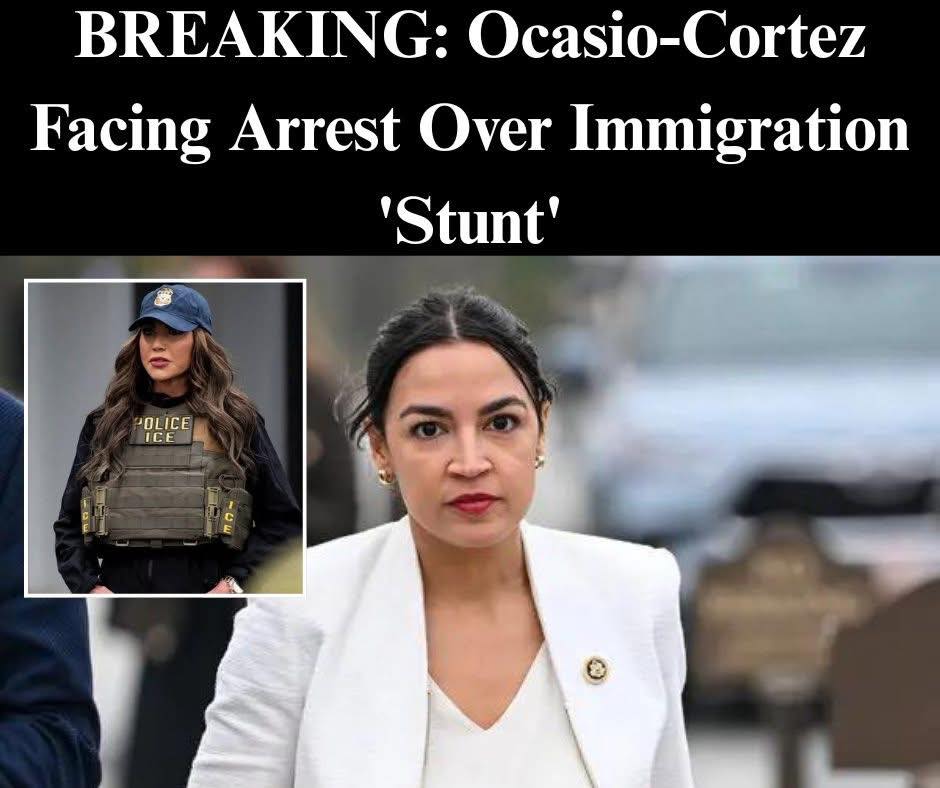DHS maintains that the individuals held at the Delaney Hall facility are not random detainees, but those accused or convicted of serious crimes. “These are not innocent bystanders,” McLaughlin emphasized. “These are individuals who, according to our records, pose a significant public safety risk.” DHS also released footage showing confrontations between lawmakers and agents during the protest.
One of the more contentious claims came from ICE, which alleged that Representative McIver physically confronted an officer during the encounter — a charge her office has not publicly addressed.
Still, lawmakers present at the scene argue their actions were legal and justified. “We were there to observe and ensure accountability,” said Representative Coleman. “We weren’t storming anything — we were doing our jobs.”
McLaughlin challenged that defense, saying, “Had these officials reached out ahead of time, we would have accommodated a tour. Instead, they opted for spectacle over procedure, putting our agents and operations in a difficult position.”
The situation has reignited fierce debate over the role of elected officials in immigration oversight and the boundaries of lawful protest. Supporters argue that legislators must be able to inspect government-run facilities to ensure transparency. Critics contend that using public office to disrupt law enforcement creates unnecessary risk and confusion.
As additional footage and testimonies emerge, the legal and political outcomes remain uncertain. What is clear, however, is that tensions between progressive lawmakers and federal immigration authorities have reached a boiling point — and the nation is watching closely.

